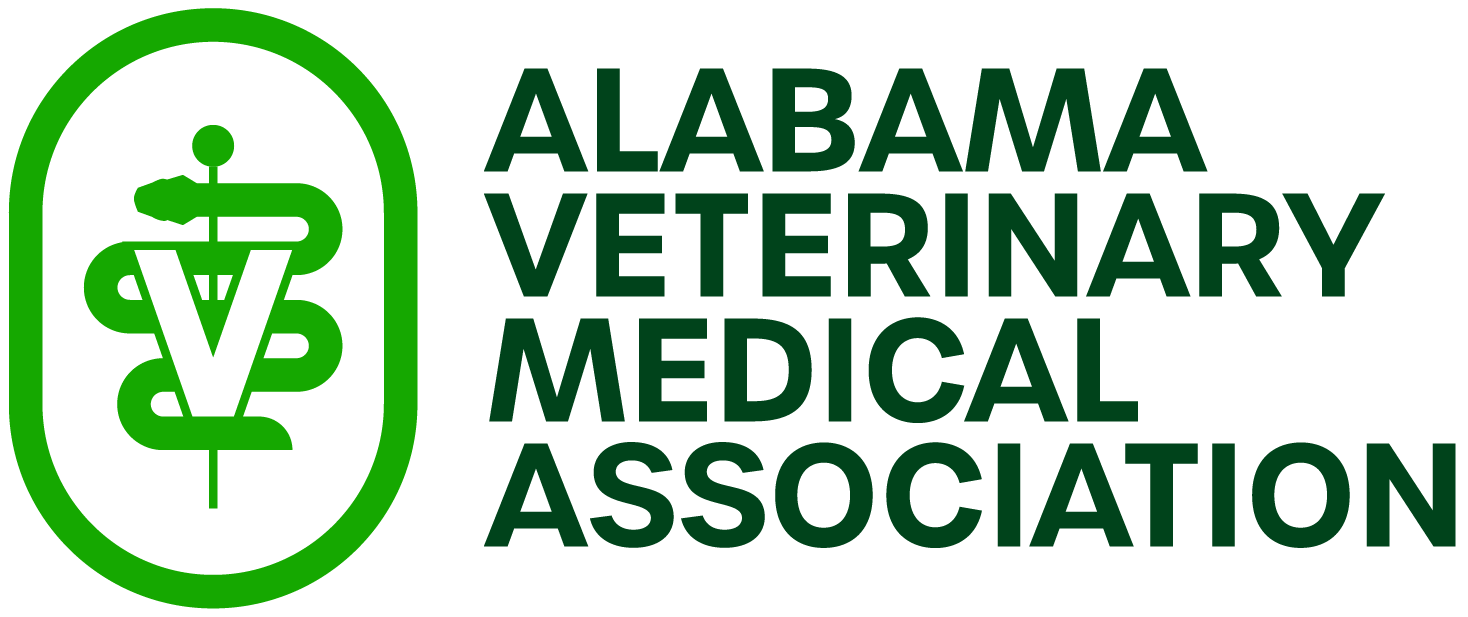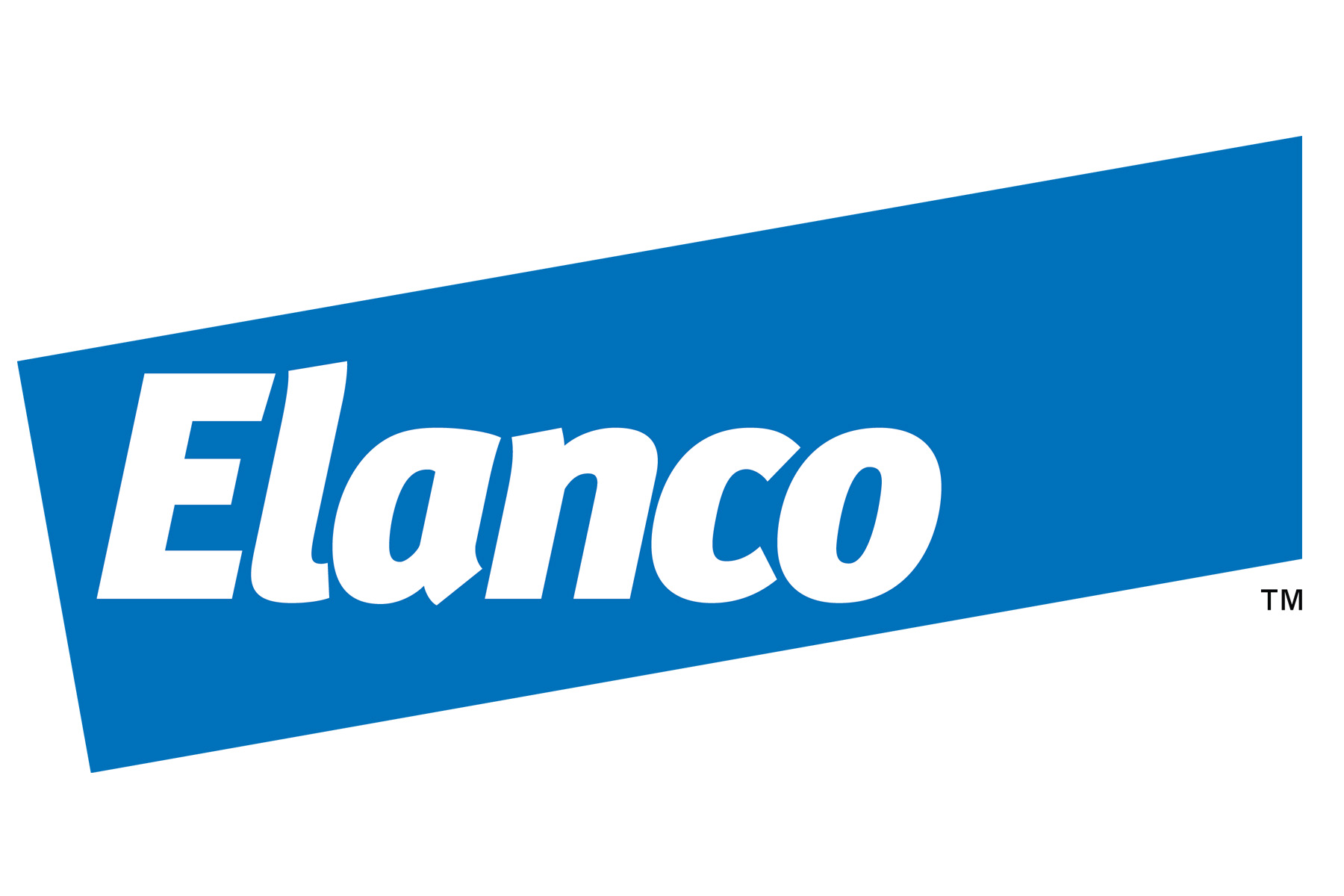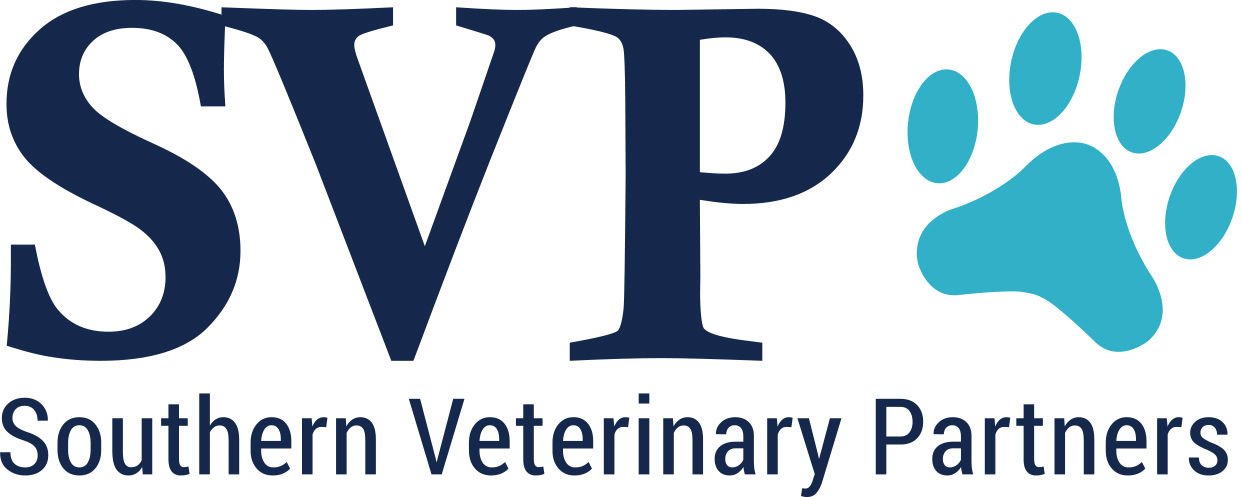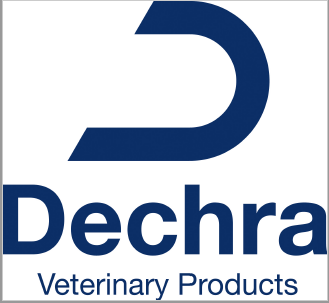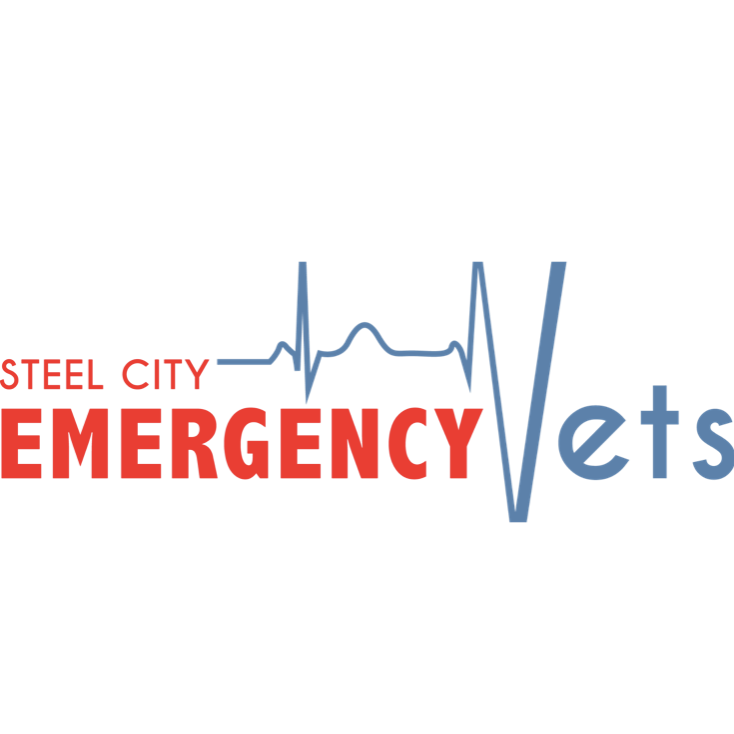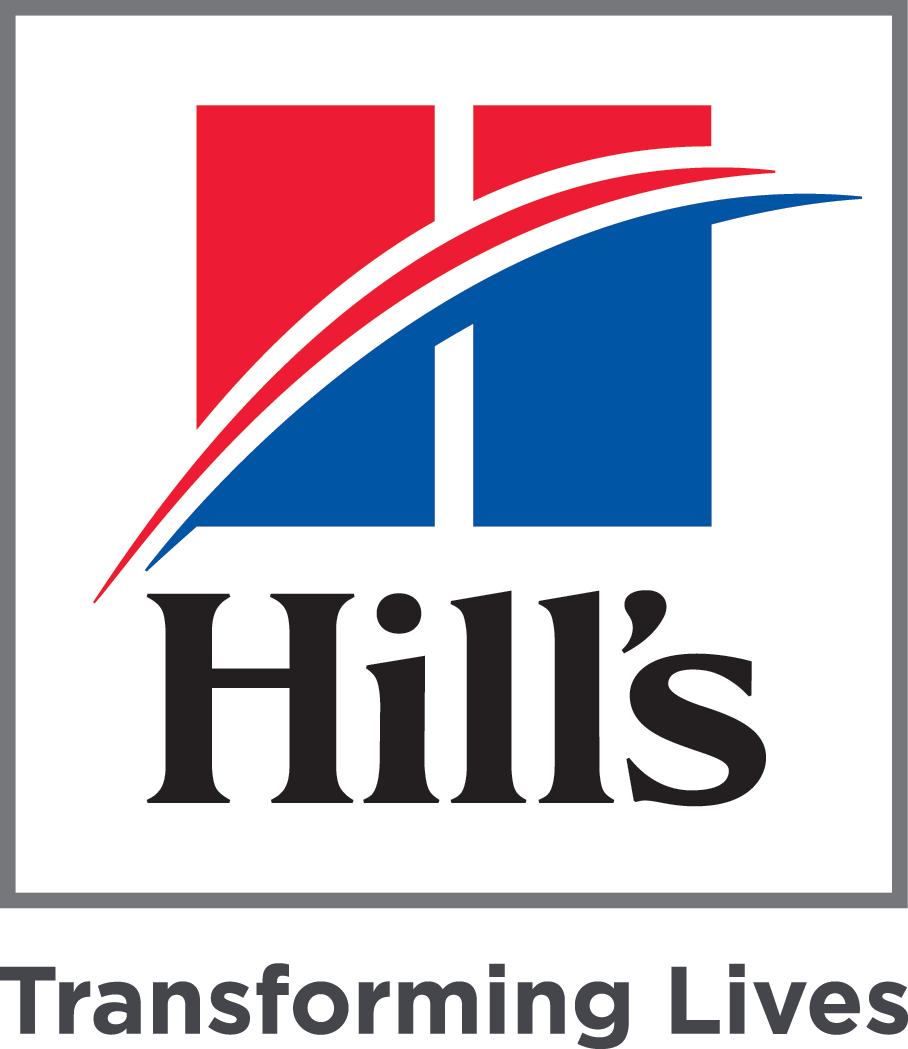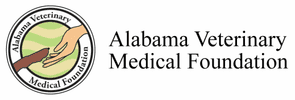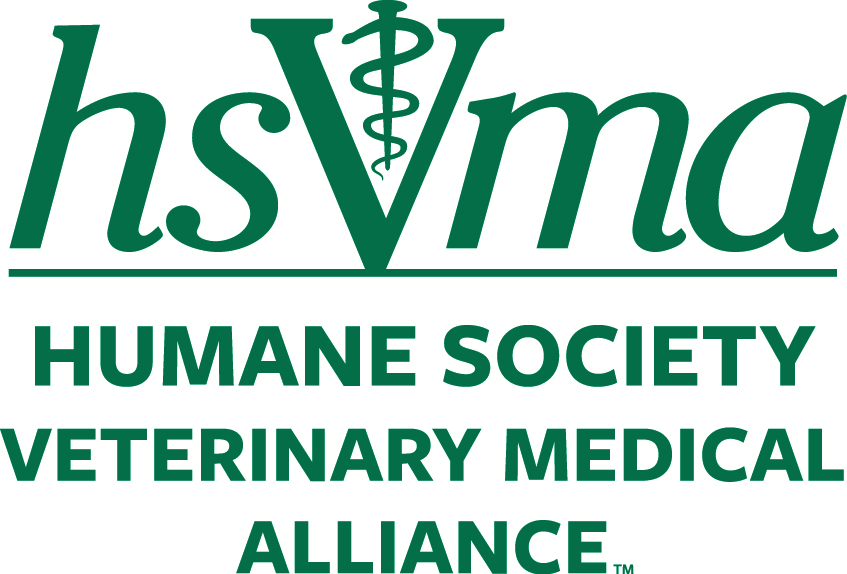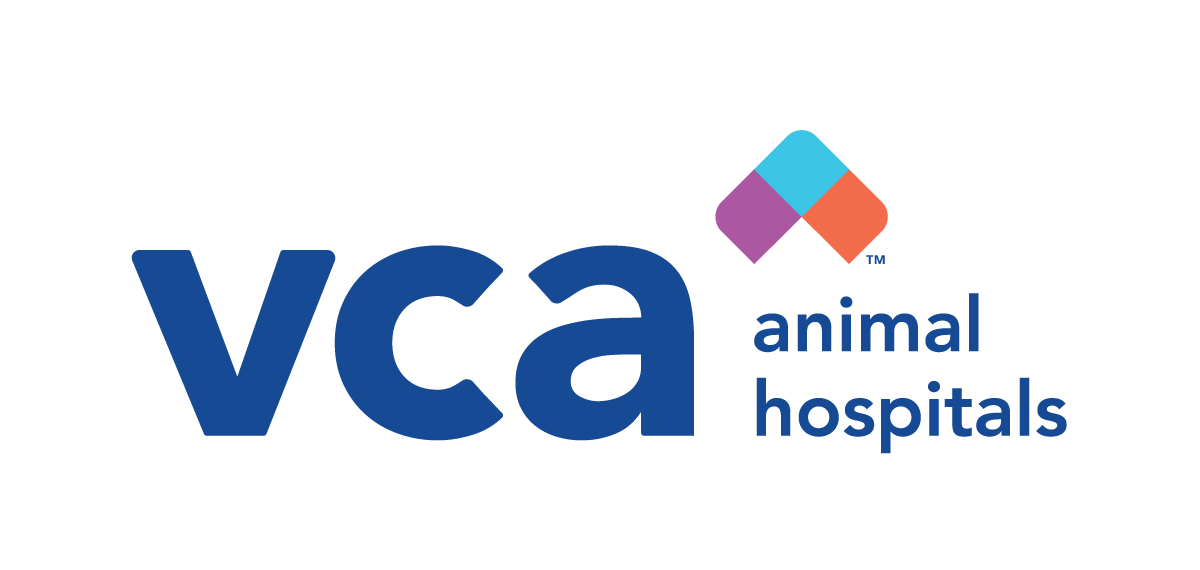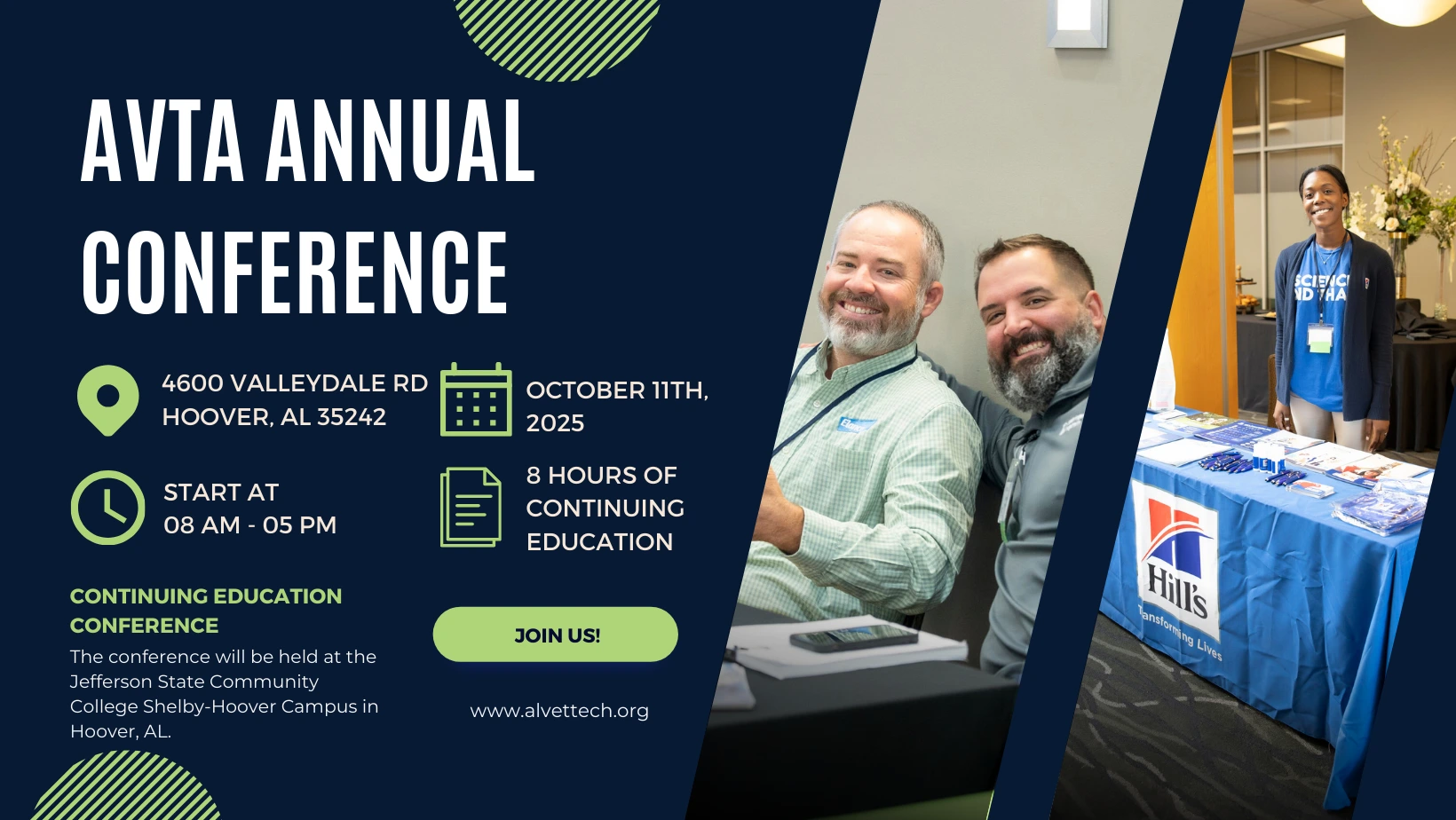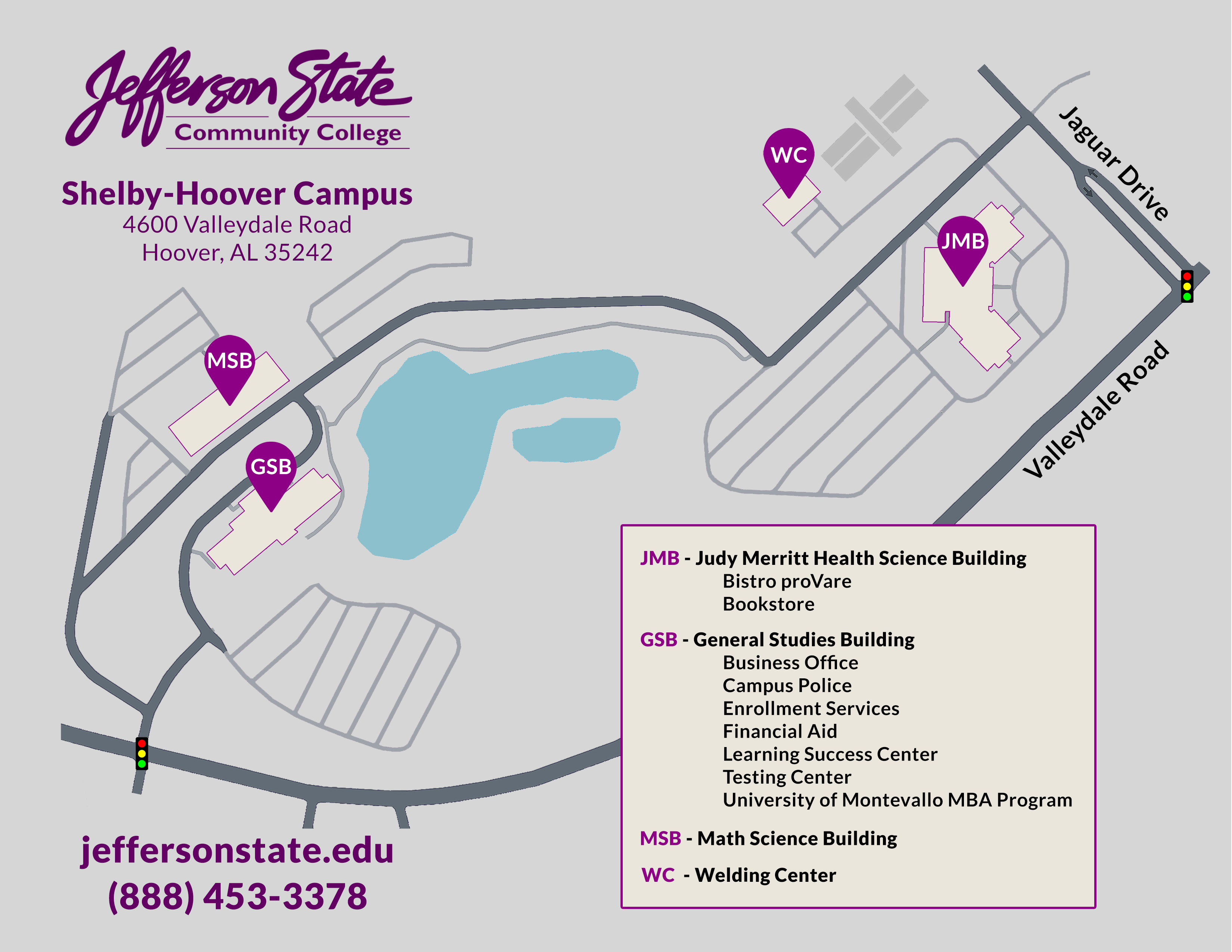AVTA Annual Continuing Education Conference
October 11th, 2025
4600 Valleydale RD
Hoover, AL 35242
Hosted at the the Jefferson State Community College Shelby-Hoover Campus in Hoover, AL.
Join us for 8 hours of continuing education!
2025 Sponsorships
Please fill out this form to be a sponsor at the 2024 Conference.
Speaker Schedule
Note that this schedule is subject to change as needed by AVTA and guest lecturers
All lectures will be in the Business and Technology Center
| TIME | EVENT |
| 07:00 | Vendor set up |
| 07:20 | Doors open for registration check in |
| 08:00 | More Than Just a Pot Belly: Getting to know Cushing’s – Maggie Raz, LVT |
| 09:00 | Let’s Talk Lifestyle Vaccines: Having the conversation with Pet Owners-Mary Berg – BI |
| 10:00 | 4 Realities Exposed: A visual Tour of Heartworm Disease-Mary Berg – BI |
| 11:00 | Preventive Medicine: Promoting the Health of Our Veterinary Patients Proactively- Dr. Christine Garrett- Antech |
| 12:00 | LUNCH and Exibit Hall |
| 01:00 | BUSINESS MEETING and AWARDS |
| 02:00 | TBD- Dr. Hubbard- Elanco |
| 03:00 | Anesthesia Concerns: A Risky Business (canine, feline, exotics)-Lechon Camp LVT, VTS (Anesthesia/ Analgesia) |
| 04:00 | Anesthesia Concerns: A Risky Business (canine, feline, exotics)-Lechon Camp LVT, VTS (Anesthesia/ Analgesia) |
| 05:00 | BREAKDOWN/CLEANUP |
6:30-10:30 Networking and social event
Event Speakers

Dr. Christine Garrett, DVM, Professional Service Veterinarian
While in pursuit of her undergraduate degree, Dr. Garrett studied porcine models for human metabolic syndrome. She also worked in Portland, Oregon, as a small animal veterinary assistant, where her passion for veterinary medicine grew. Dr. Garrett is a proud Auburn Tiger, and she was thrilled to continue her education at Auburn University’s College of Veterinary Medicine, where she obtained her DVM. During veterinary school, she was particularly interested in theriogenology (animal reproduction) and surgery. After graduation, Dr. Garrett moved to middle Tennessee and began practicing small animal medicine and surgery. She pursued additional training in oral surgery and ultrasound while maintaining a focus on overall patient care and wellness. When she is not working with animals, Dr. Garrett enjoys sharing time with those she cares about most, her friends and family. She enjoys traveling, art, music, sports, and staying active with the many things to do in the Nashville area.
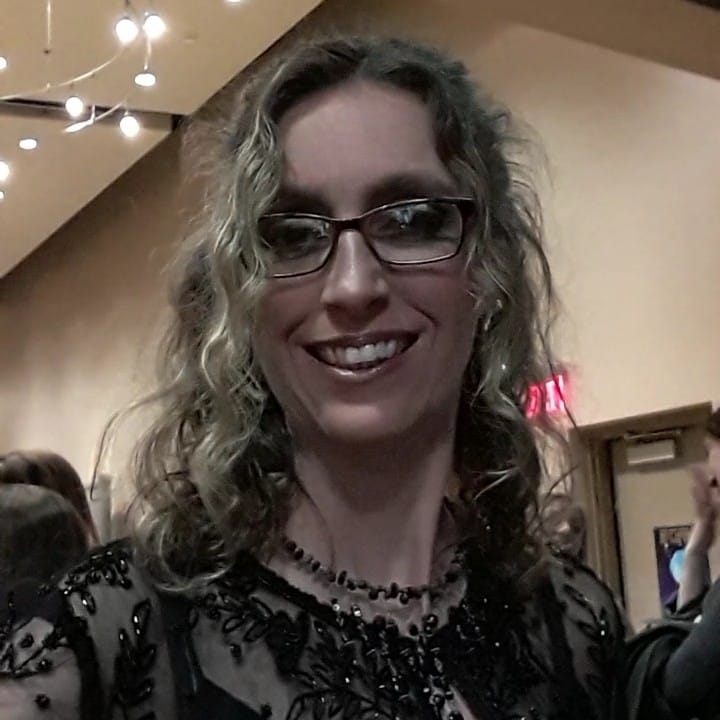
Lechon Camp LVT, VTS (Anesthesia/ Analgesia)
After working 9 years in human medicine as a registered nurse (mostly in the ER setting), I ventured out for a part time position in veterinary medicine. I was hired by a referral practice to be an anesthetist based on my human nursing experience. I soon found my true love in nursing was with animals rather than people. I let my nursing career, “go to the dogs†and I have been happy ever since. I have now worked in veterinary medicine for 19 years.I obtained my LVT license after graduating from Jefferson State Community College. My focus has mostly been on small animal anesthesia and analgesia, but I also have experience in neurology, critical care, and emergency care. I recently accomplished my goal of becoming a vet tech specialist in anesthesia and analgesia. I love my current position with Huntsville Veterinary Specialists and Emergency, where I am currently the lead anesthesia nurse and co-director of staff education. I also have a strong interest in education and welcome any opportunity to teach others about the wonderful world of veterinary medicine.
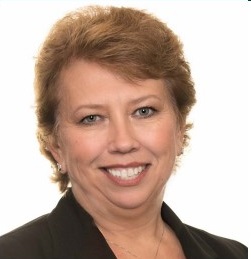
Mary L. Berg, BS, LATG, RVT, VTS (Dentistry)
and wetlab instructor at numerous state and national conferences. Ms. Berg was given the Academy of Veterinary Dental Technicians’ Excellence in Dentistry Education Award in 2019 and was recognized as NAVTA’s Veterinary Technician of the Year in 2020!
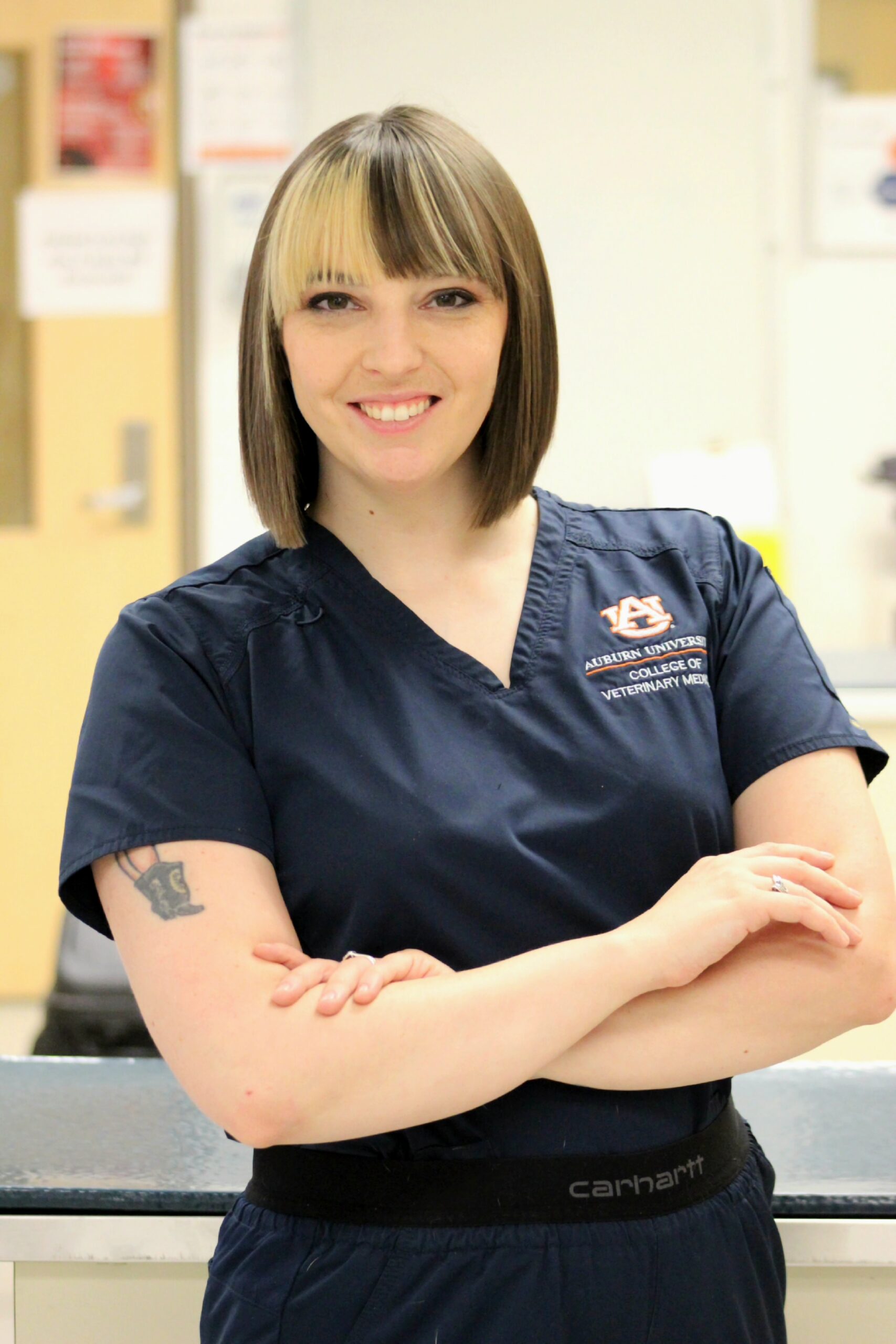
Maggie Raz, LVT
Maggie is a licensed veterinary technician at Auburn University’s Small Animal Teaching Hospital, where she excels in small animal internal medicine and blood banking. Her passion for providing compassionate, expert patient care is matched only by her enthusiasm for mentoring veterinary students and technicians. Originally from the Pacific Northwest, Maggie has called Alabama home for the past decade.A proud graduate of the PennFoster veterinary technician program, Maggie launched her career at Auburn University as a Floater Assistant, immersing herself in various specialty services. Her favorites quickly became internal medicine, cardiology, and dermatology. Within months, she was promoted to primary floater technician for cardiology and internal medicine, where she played a crucial role in advanced procedures like tracheal stent placements, PDA occlusions, pacemaker placements and endoscopic procedures.When a permanent position in internal medicine opened up, Maggie seized the opportunity and has dedicated in this role for the past six years. She continues to bring her energy and expertise to every case. Maggie currently resides in Auburn, Alabama, with her husband, two Dobermans, and a cat.

Dr. Hubbard
Dr. Hubbard has years of dermatologic experience in veterinary dermatology. Dr. Hubbard is a native of Birmingham, Alabama and a 2002 graduate of Tuskegee University’s School of Veterinary Medicine. Upon completing veterinary school, Dr. Hubbard joined Red Mountain Animal Clinic in Birmingham, Alabama for one year, then obtained a Small Animal Clinical Internship at Indianapolis Veterinary Specialists and Animal Emergency Center in Indianapolis, Indiana. After the internship, Dr. Hubbard joined Banfield, The Pet Hospital in Morrow, Georgia where she practiced as an Associate Veterinarian for two years before joining the Atlanta Veterinary Skin &Allergy Clinic, as a Veterinary Dermatology Resident. Dr. Hubbard completed her residency in 2009 and has returned to Alabama to share her dermatology expertise and to help pets in need by diagnosing and managing dermatological diseases. Dr. Hubbard is also an Assistant Clinical Professor of Veterinary Dermatology at Tuskegee University’s College of Veterinary Medicine. Her duties include didactic lectures, clinical case rounds and Veterinary Dermatology Outpatient Services.
2024 Sponsors
